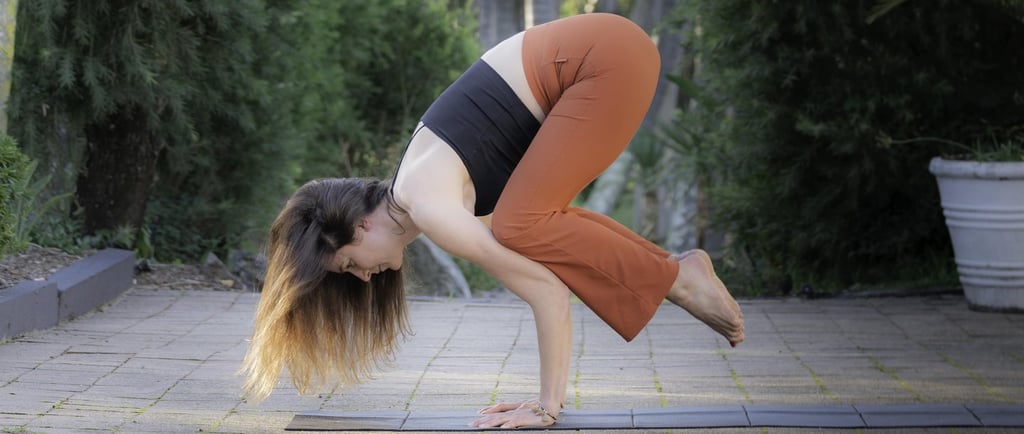The Benefits of Movement: Building Resilience and Reducing Stress
8/1/20251 min read


Understanding the Connection Between Movement and Resilience
In today’s fast-paced work environment, the emphasis on productivity often leads to prolonged hours of sitting at desks. However, research indicates that working with our bodies can significantly enhance resilience and reduce stress levels. Engaging in regular movement not only helps in keeping our bodies fit but also builds mental strength, making us more adaptable to challenges.
The Negative Impact of Sedentary Lifestyles
When we sit for extended periods, our bodies begin to weaken both physically and mentally. The act of sitting restricts blood flow, decreases our energy levels, and can lead to a host of health issues including physical discomfort, increased anxiety, and even burnout. Our ability to process and shake off stress diminishes as we become less engaged with our bodies. This disconnect can manifest in lower productivity, irritability, and a general sense of overwhelm.
Incorporating Movement to Combat Stress
Integrating movement into our daily routines is vital for combatting stress and enhancing resilience. Simple practices, such as taking short breaks to stretch, walk, or engage in physical activities, can catalyze this positive transformation. Movement encourages the release of endorphins, our body's natural stress relievers, thereby creating a more balanced and positive mindset. Moreover, gentle exercises such as yoga or tai chi not only foster physical flexibility but also promote mental clarity, allowing us to manage stressors effectively and prevent burnout.
In conclusion, working with the body is essential for building resilience and reducing stress. By recognizing the adverse effects of a sedentary lifestyle, we can make conscious choices to incorporate movement into our day. Ultimately, our physical engagement directly influences our mental health, enabling us to face life's challenges with boosted energy and improved resilience.
ManyWaysToBe
Empowering individuals and teams through mindful practices.
Connection
Growth
info@manywaystobe.com
+491629569328
© 2025. All rights reserved.
